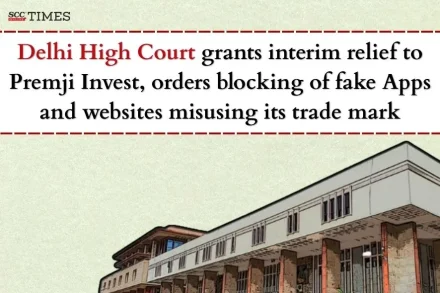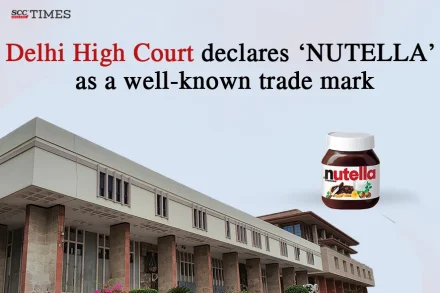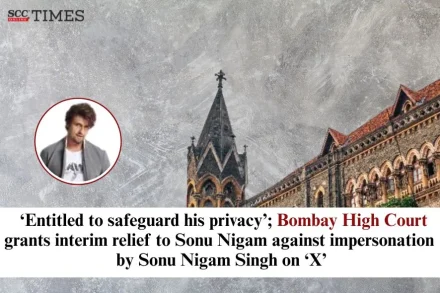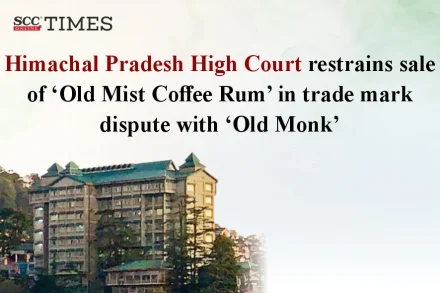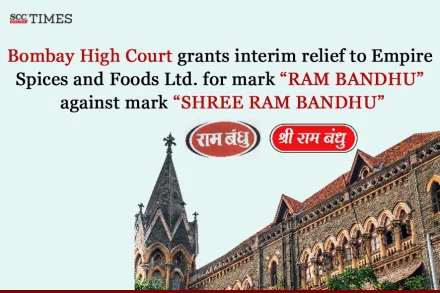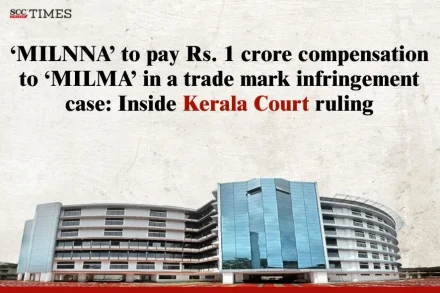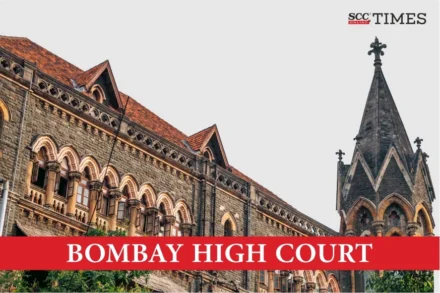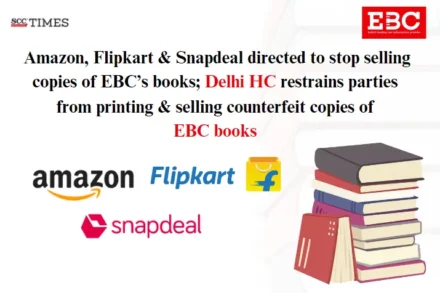
Delhi High Court grants interim injunction to Tata Sons for marks ‘TATA’ and ‘TATA PAYMENTS’ in trade mark infringement suit
In July 2025, Tata Sons (P) Ltd. discovered Defendant 1’s website, ‘https://www.tatapayment.net/’ offering digital payment services while wholly incorporating trade marks, ‘TATA’, ‘TATA PAYMENTS’.



